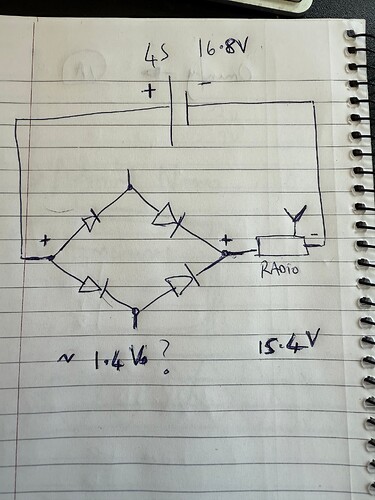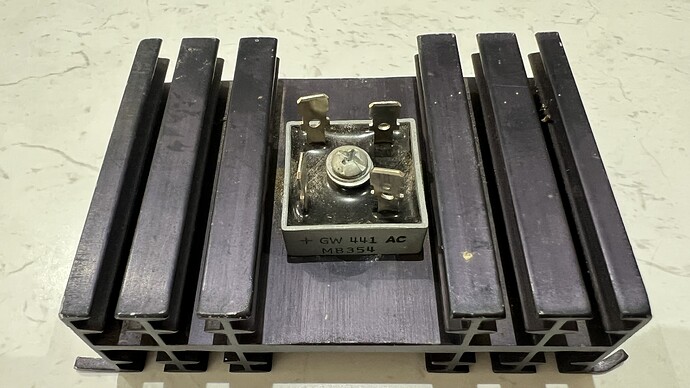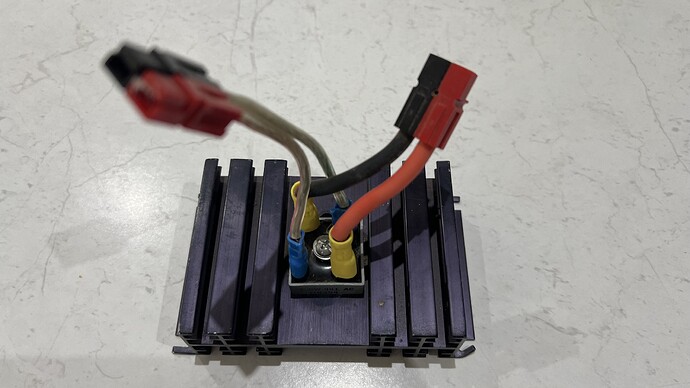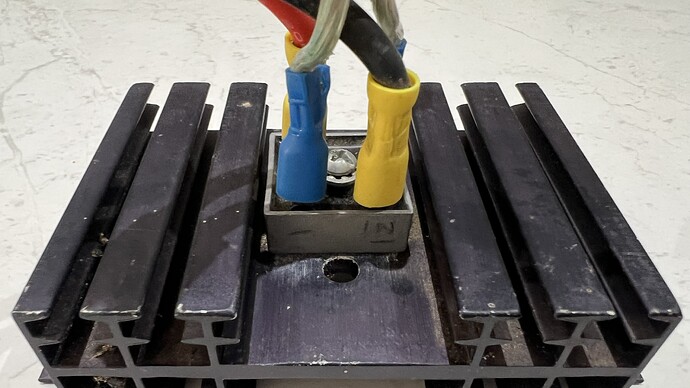I’m on the side saying “run less power”, as I believe you won’t notice anything changing in your log if you run half or even a quarter of the 100w your rig can produce. Half the power = 3db less signal, quarter is 6 db less, one tenth of the power is a “massive” 10 db reduction. Not noticeable to most listeners when qsb causes 30 db fluctuations already.
I still run 10-15w from my kX3 and consistently get good reports. I have an amplifier that boosts it to 100w but the signal reports don’t change much at all, in particular the number of contacts made does not change. So clearly it is not necessary to run so much power. I have used the amplifier a handful of times out of the 667 summit activations made. I also used a 30-40w amplifier on several activations. 40w is a gain of 8, or 9db over the 5w from an ft817.
Cutting back to a lighter radio capable of less power will allow you to use lighter batteries too. Everything gets better - you can walk further with a lighter pack. And smaller batteries recharge quicker.
There are some exceptions - the 10m contest in December increased the noise on the band and 100w from my amp or from the ic706 certainly made more contacts possible than with 12w from the kX3. But in regular SOTA activations, 10-12-15w is sufficient to fill your log, and you only need 4 contacts (on each mode if you use more than one and want to qualify summits on each mode). It is nice to have a log of 60 or more contacts but the first 4 got you the points.
Note also that using a 100w capable radio at 10w output is less efficient than using a 10w radio, due to the bias current required for the 100w level being a lot more than required for a lower rated amplifier. Eg. 2-3 amps while you have the PTT button down, against half an amp for a 10w amplifier. Might not seem much but it adds up. And the higher power radios have more standing current for displays, gadgets you don’t need to make 4 contacts. 2 amps receive current for the 706 vs. 200 mA for the kX3 and the ic703. Again, it adds up, cutting down battery life more quickly.
On that score a separate amplifier is more efficient from a “current drawn” perspective than a 100w radio you only need the higher power for in some contacts. A low current radio can drive the amplifier to higher power, and the net efficiency is better.
Having said that, I have used Andrew VK1AD’s rigs that were running about 30w output and they certainly work well. It gives you a little confidence that you can complete a marginal contact just by increasing the power on those occasions when you need to. I usually use them on cw only, so rarely have trouble with signal levels.
My 2c worth of commentary.
73 Andrew VK1DA/VK2DA





